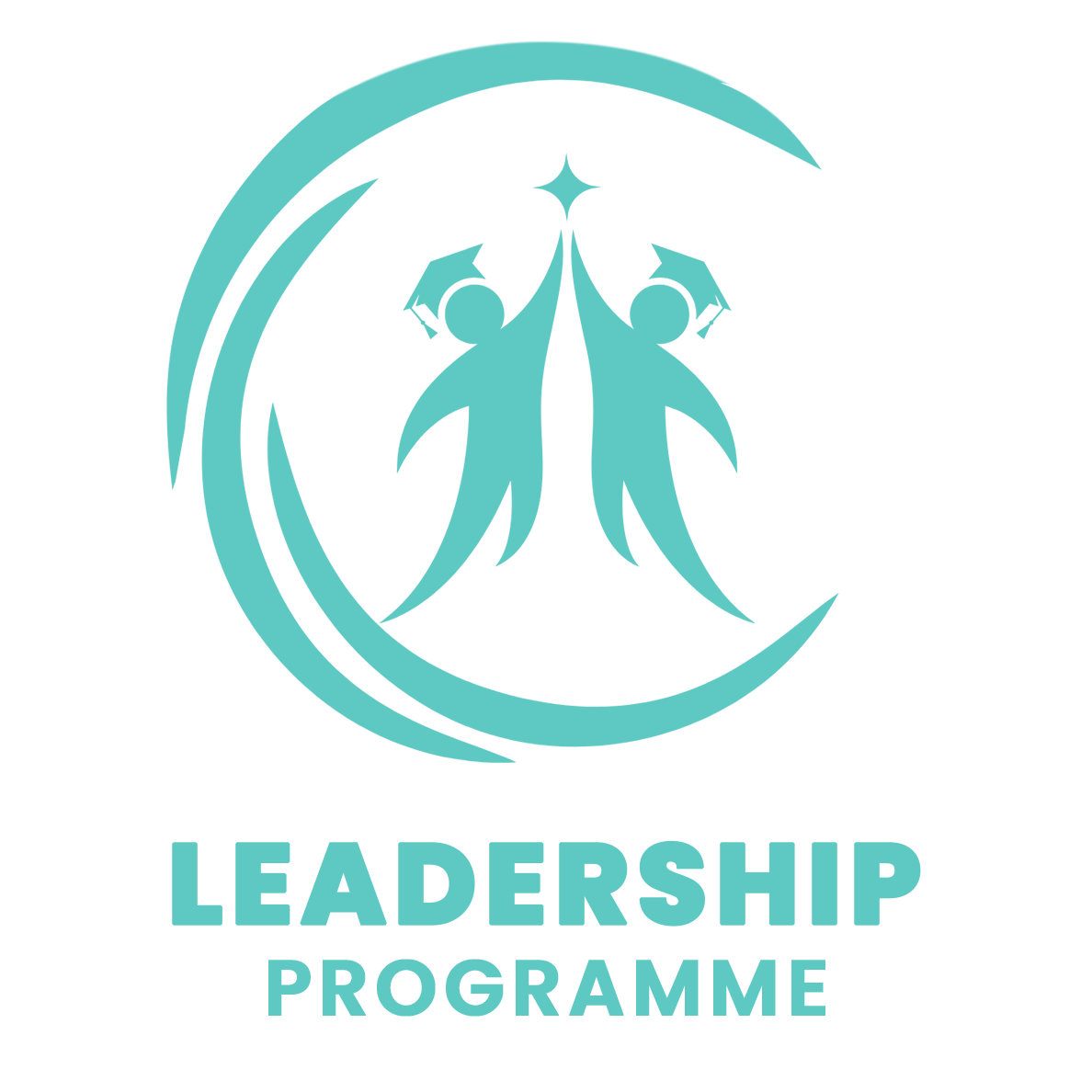
The Nature of the Leadership
The nature of the leadership, and more importantly its consequences, is defined by the leadership style which is adopted in the organisation. In addressing leadership styles, the concept of leadership set forth by Bolman and Deal (2003) uses a comprehensive multi-frame approach, which categorises leaders into one of four conceptually distinct “frames.” The capacity of leaders to identify and use combinations of these frames in a leadership position can aid them in their ability to be attentive to various aspects of an organisation (Sypawka, 2008).
What is innovation?

- An innovation is a tangible process, or procedure, within an organisation.
- An innovation must be new to the particular organisational setting.
- An innovation must not be a routine change.
- An innovation must produce measurable benefits. (Shapiro et al., 2007, p.8).
The need for change
Change is an on-going process of delivering an innovation (Shen 2008, p.74), the adoption of an innovation, in order to improve outcomes through an alteration of practices (Carlopio 1998, p.2). People need change to improve their work. Robbins and De Cenzo (2001, p. 231) and Fullan (2007, p.19) agree that change comes about either because it is imposed on us, or because we voluntarily participate in or initiate change when we find dissatisfaction, inconsistency, or intolerability in our current situation. The ultimate goal of change is to improve practice or effectiveness. Shapiro et al. (2007, p.8) affirm that innovation is crucial in modern societies; furthermore education and training certainly play a very significant role in the learning process.
Engaging the teaching profession in innovation can provide improvements that penetrate classrooms and develop necessary practices within a culture of continuous improvement. There is an increasing awareness that cultivating innovation as part of systemic reforms and engaging teachers in the development of innovation is an essential part of improving learning outcomes for all students (Fraser, 2007). Schools today serve and shape a world in which there can be great economic opportunity and improvement if people can learn to work more flexibly and value working creatively and collaboratively (Hargreaves, 2003, p.1).
Managing innovation

Guskey (2002, p. 386) states that learning to be proficient at something new and finding meaning in a new way of doing things requires both time and effort and thus it is important to acknowledge the role of all stakeholders. Fullan (1998) underlines the importance of teachers. The origins of a change and its nature will clearly affect teachers’ responses and subject leaders’ approaches to managing it. In the change process, people and relationships are the major components to successful implementation. Support mechanisms are required to achieve an improvement in practices and procedures. Therefore, managing change involves identifying needs, planning, implementing the plan and evaluating the success of the change. Fertig (2011) supports this saying that most innovation in education is people intensive. At its heart lies what the people involved believe, what they value, what they want, and how their beliefs, values and priorities change over time.
Thomson, Hall, and Jones, (2013, p. 156) state that, in the change process, leaders are the key role in managing the change, facilitating each element of the change process and looking for opportunities to delegate in order to involve their staff in the change process (Shen, 2008, p.74). High performing schools have administrators who articulate a vision, help teachers grow professionally, and play a leading role in determining the school’s climate. Bennis and Nanus, (1985) state that great leaders empower others to translate their vision into reality and sustain it. However, employee motivation is complex and personal and one of the most difficult issues to predict in the work environment as it results in different types of human behaviour, needs and outcomes. This implies a sense of competence and confidence from the management to share the vision with the employees (Lin, 2007, p.145).
Fertig (2011) affirms that understanding educational innovation requires leaders and managers to be clear about their own and the organisations educational aims. According to Trice and Beyer (1993) leadership can produce both cultural innovation and maintenance by generating new, or reinforcing established, sets of shared values, beliefs, norms and practices within organisations.
According to Lawler and Bilson (2009) leadership is essential in changing attitudes and involving all staff to produce cultural innovation and maintenance by generating new, or reinforcing established, sets of shared values, beliefs, norms and practices within organisations, or by damaging the organisation through routine abuse of their power and position, promoting themselves at the expense of their subordinates thus creating a toxic climate (Aubrey, 2012). Graham (1997) states that leadership is the ability to move a group towards a common goal that would not be met if a leader had not been there. Thus leadership is seen as absolutely fundamental in determining the success or failure of innovations.
The four frameworks

Howard, Logue, Quimby, and Shoeneberg, (2008, p.26), acknowledged that Bolman and Deal (2003) have identified four frames, structural, human resource, political, and symbolic, to help organisations and individuals go beyond the limitations of habitual perception to achieve a more systems-level perspective.
The Structural frame is the traditional form of leadership, where a leader designs and manages organisational tasks, closely supervises the subordinates, giving direction from top to down. Using the structural frame leadership increases followers’ motivation, performance and satisfaction by changing their beliefs, values and desires (Khalid, Shamsher, Farooqi, 2015, p. 79). Smith (2012, p.6) claims that; institutions which rely too heavily on the structural frame can promote individual interests, instead of the company’s interest, and develop a negative impact on innovation, making companies more rigid and less resilient.
The Human Resources frame emphasises the connection between effective investment in people and successful organisation change. This frame sees an organisation as an extended family, made up of individuals with needs, feelings, prejudices, skills, and limitations (Bolman, Deal, 2003, p.15). It assumes that employees work best and feel satisfied when their managers trust them. In this way they become involved in their job and show commitment when they are empowered (Bolman, Deal, 2003). Miller (2012, p.4) states that, leaders in this frame are supportive and increase participation, involving subordinates in decision-making. Human resources are an important part of an organisation, which needs to be managed by effective leaders. Isern and Pung (2007), conclude that employee motivation, enthusiasm, and commitment are key components of successful organizational transformation. Within the Human Resources frame, transformational leadership style is needed where the leader is someone who believes in people and communicates that belief; they are accessible and visible; they support, increase participation, empower, share information, and move decision making down into the organisation (Ali, 2012, p.2).

The Political frame concentrates on the interests of both individuals and groups (Miller, 2012,
p.5). As Bolman and Deal (2003) state that, organisations are coalitions; members have enduring differences between them; decision-making surrounds the allocation of scarce resources; scarcity creates conflict between members and groups, and bargaining and negotiation are central to setting goals and making decisions. Smith (2012, p.16) claims that effective leaders and managers who operate mostly in a political frame are advocates and negotiators, but they are ineffective when they act irresponsibly or they are corrupt. So the disadvantage of the political frame is that it can focus too heavily on conflict and mistrust instead of encouraging collaboration. We can associate the political frame with the autocratic leadership style, because both have a hierarchical, top-down structure where every person knows where they fall on the ladder and who makes the important decisions. This kind of dynamic can cause a wide division between those who make decisions and those who execute them, which in turn leads to dissatisfaction and mistrust. In some cases these employees will openly rebel against the leaders, whereas in others they will decide to covertly undermine their authority, looking for a way to gain power (Weins, 2008, p.5). Political leaders clarify what they want and what they can get; they assess the distribution of power and interests; they build linkages to other stakeholders; use persuasion first, then use coercion and negotiation only if necessary.
The Symbolic frame reveals itself through organisational rituals and myths, cultural behaviours and beliefs, and the way the organisation portrays itself. Consciously or unconsciously, people express truths that resist literal explanation through symbolic means (Howard, Logue, Quimby, and Shoeneberg, 2008, p.27). This frame stresses that companies are often judged as much on appearances as they are on actual outcomes. Companies with a strong symbolic culture have myths, stories, rituals, and ceremonies that help align employees and reinforce a common goal. Bolman and Deal (2003) affirm, when leaders in a symbolic company are not effective they can be viewed as fanatic and charlatan, and the rituals in a symbolically framed company are only beneficial if all employees buy into them. Many aspects of the symbolic frame can be misinterpreted, and care must be taken so employees or customers do not perceive the rituals and stories as manipulation (Smith, 2012, p.17).
Continuously, Bolman and Deal (2003, p.13) emphasise that, understanding the frame makes it easier to know what you are up against and what you can do about it. According to Bolman and Deal (2003, p.18) effective managers need multiple tools, the skills to use each of them, and the wisdom to match frames to situations, creating a culture where people feel confident to develop positive team interactions and a solution-focused approach (Birch, 2007, p.21). According to Howard, Logue, Quimby, and Schoeneberg, (2009, p.27) when the frame preferences of a management team are homogeneous, although this can create feelings of warmth, it is at the expense of creative conflict, and the innovation that results. However they also state that they should create alignment among the staff, and avoid disagreement between the staff, the administration and the school’s board. When disagreement occurs teachers feel a loss of morale, feel undervalued and are confused about why certain decisions are made at leadership level (Howard, Logue, Quimby, and Schoeneberg, 2009, p.27). This can be seen in some ways as contradictory; one the one hand too much homogeneity threatens creativity, on the other alignment should be striven for to minimise confusion and disagreement. However, I believe that Howard, Logue, Quimby, and Schoeneberg are highlighting the need to consider both ends of the spectrum and that the reality in most cases lies somewhere between; too much homogeneity leads to stagnation, too much conflict to loss of morale. Both are needed to create an environment where change and innovation can flourish.






1 Comment